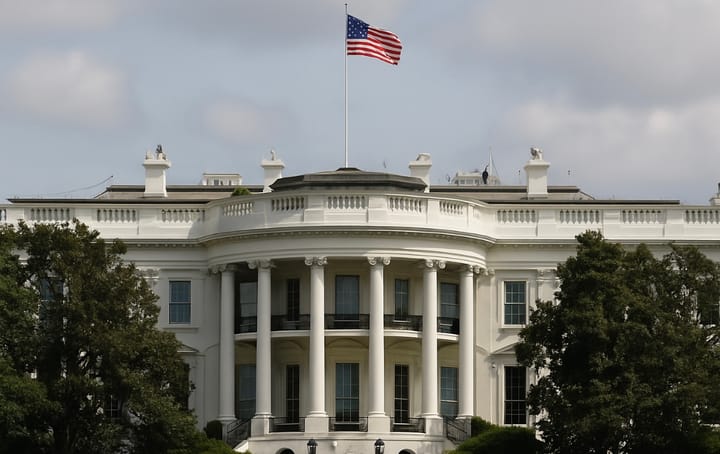Global Oil Prices Surge as Geopolitical Tensions Escalate
Crude oil prices have soared amid escalating Russia-Ukraine tensions, the US-Iran standoff, and global supply disruptions, sparking market anxiety.

Global Oil Price Surge Triggers Worldwide Concerns
Global oil prices are back in the spotlight after recording sharp increases in recent days. Brent crude reached US$65.63 per barrel, while WTI broke through US$63.41 per barrel. This surge didn’t happen in a vacuum. Geopolitical turmoil between Russia and Ukraine, nuclear tensions between the US and Iran, and supply disruptions from wildfires in Canada have all contributed, driving global markets into a state of heightened concern.
Russia-Ukraine Tensions Spark Energy Crisis
Military tensions between Russia and Ukraine escalated following Ukrainian drone strikes on Russian airbases. This conflict adds significant risk to the stability of global energy supplies. As the world’s second-largest oil producer, Russia plays a crucial role in the global oil supply chain. Uncertainty from this conflict has markets on edge, fearing potential disruptions to Russia’s oil exports.
US-Iran: Stalled Negotiations, Intensified Sanctions
Beyond Russia-Ukraine, US-Iran relations over nuclear issues have also heated up. Iran rejected the latest US nuclear proposal, signaling that energy sanctions against Iran will remain in place. This keeps Iran’s oil exports capped at around 3.3 million barrels per day, further tightening global supply. The market sentiment has worsened, as this crisis threatens to spur price speculation and diminish global reserves.
Canadian Wildfires Disrupt Oil Production
Another critical factor is supply disruption from Canada due to wildfires in Alberta. The fires have forced the shutdown of about 344,000 barrels per day—7% of Canada’s total output. As a key supplier to North America and Asia, Canada’s sudden production drop caused immediate market reaction, adding pressure to oil prices already strained by tight supply.
OPEC+ Decisions Fail to Calm the Rally
The Organization of the Petroleum Exporting Countries (OPEC+) tried to ease market fears by increasing production by 411,000 barrels per day for July 2025. However, this move is seen as insufficient to offset the shortfall caused by geopolitical issues and supply disruptions. Many analysts argue OPEC+ must coordinate more closely to ensure long-term price stability.
Weaker US Dollar Adds to the Pressure
Additionally, the weakening US dollar is driving oil demand higher. Oil priced in dollars becomes cheaper for holders of other currencies, pushing up demand. This effect further fuels prices amid ongoing supply shortages and geopolitical turbulence.
Impact of Oil Price Surge on the Global Economy
The surge in oil prices is being felt beyond the energy sector. Stock indices in the Gulf region, such as Dubai and Abu Dhabi, have strengthened in tandem with rising oil prices, their main export commodity. On the other hand, high energy market volatility has made many investors and businesses more cautious. Transportation and production costs are expected to rise, raising the specter of inflation for many countries.
Oil Price Outlook: Temporary Trend or Long-Term Spike?
Despite the current price surge, some analysts believe the trend could be temporary. Should OPEC+ ramp up output more aggressively, Canadian wildfires come under control, or US-Iran negotiations yield a breakthrough, the market could stabilize. However, with geopolitics still heated, oil prices are predicted to remain volatile in the near future.
Energy Markets Increasingly Vulnerable
This recent oil price spike is a stark reminder of how sensitive energy markets are to geopolitical developments. Energy diversification and international diplomacy are essential to ensure supply and price stability. Without comprehensive solutions, the risk of price volatility will persist, directly impacting the global economy and people’s daily lives.





Comments ()